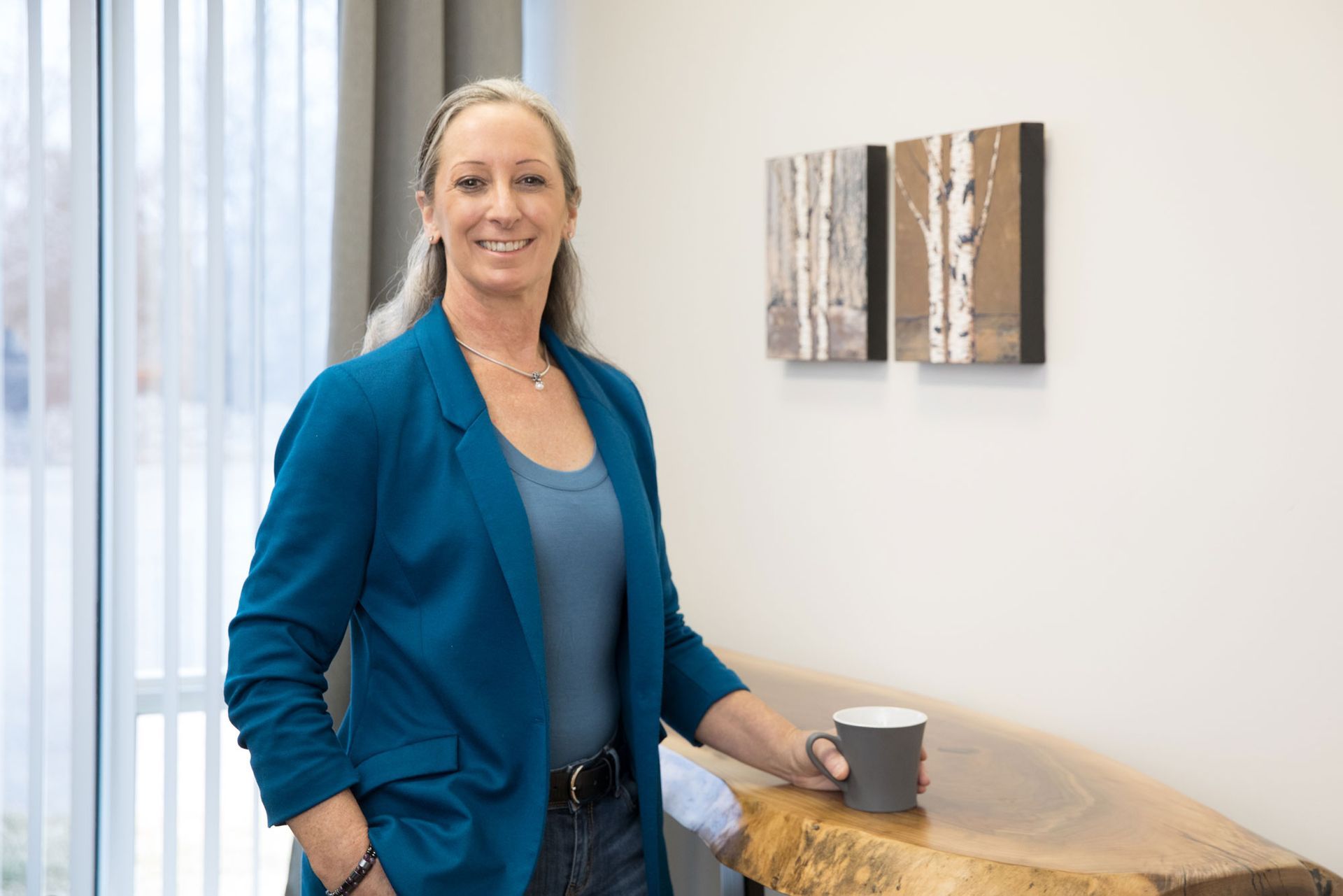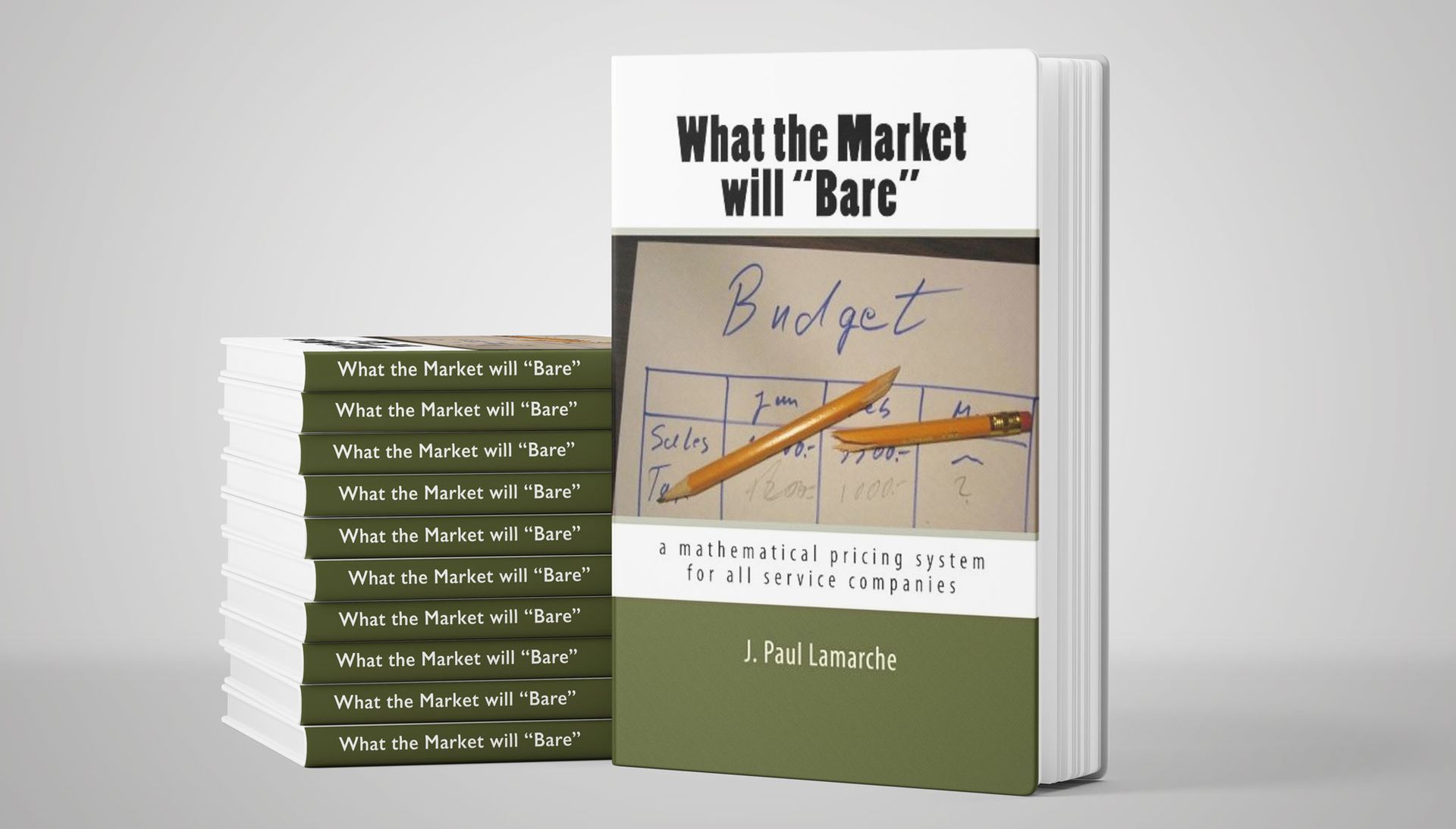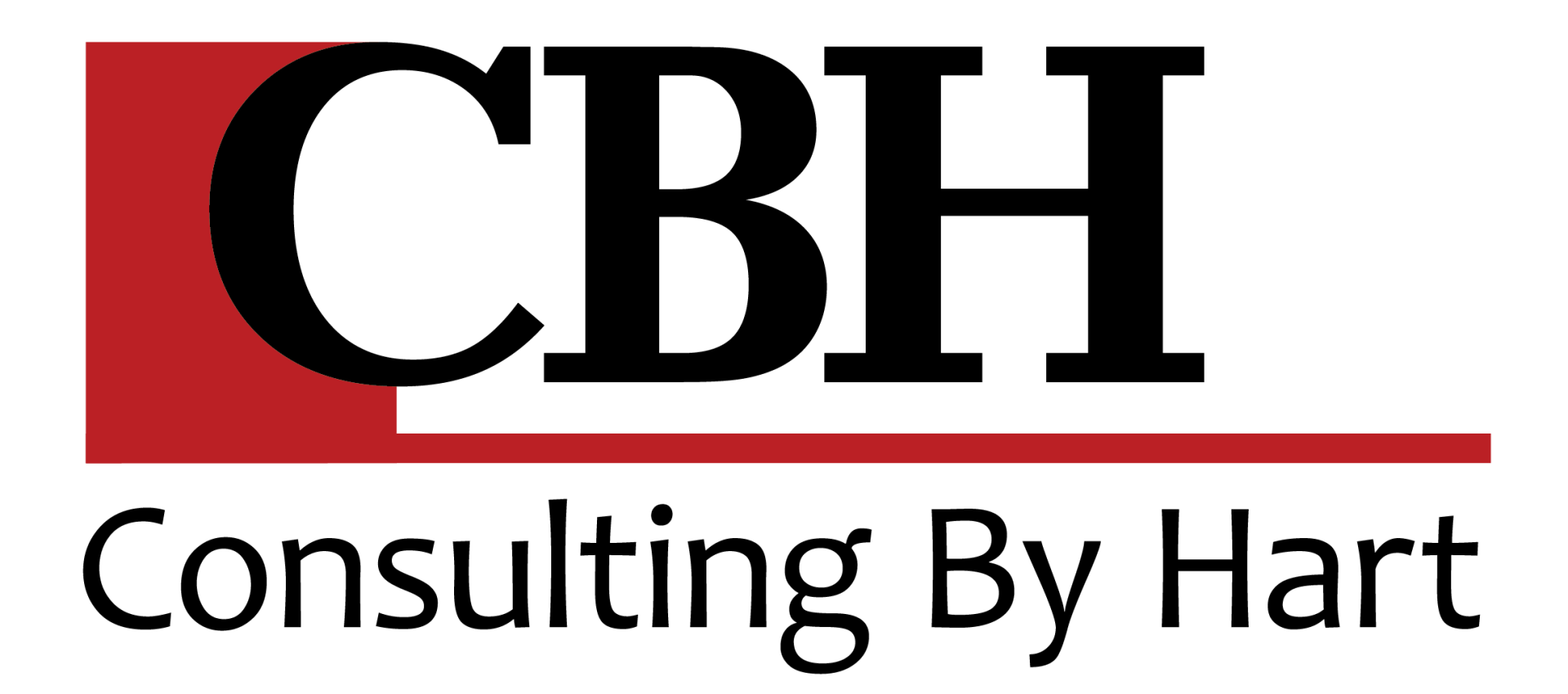It’s March, and time for a ‘JPL’ Math Revival

Many of my readers remember JPL. Jean Paul Lamarche. The North American Landscape Industry guru on overhead recovery. A brilliant math genius. A passionate landscape designer and contractor. One of our professions’ all-time top mentors on landscape business profitability, production rates, pricing and retail success. JPL passed away several years ago. He was my mentor, and my good friend.
Every winter, I spend most of my time coaching business owners on improving profit. And, I deploy JPL’s formulae weekly if not daily – mentoring landscapers on simple math – and it’s actually not that painful. I realize that many if not most of you have settled on your 2023 pricing, hourly charge out rates, equipment day rates, wages and salaries to staff etc. Many have sent out contracts months or weeks ago. What I also know is that there’s going to be lots of new business come your way this year – new customers, new accounts, new referrals and new employees. My question to you is: Will you price your newly acquired work as the season wears on the same as the work you’ve already sold now?
There are many different ways to determine what to charge and what to pay staff. Some business owners use what I refer to as the ‘dartboard method’, which deploys a mixture of guess work, intuition and knowing how to stay below the competition on price. Others use budgeting software – which can be either a very valuable tool to support profitable pricing, or a weapon to destroy it if not properly used. ‘Pie in the sky’ budgeting can be more disastrous than no budget at all – because it gives a false sense of success that never materializes. Some business owners use spreadsheets which track recent and projected Sales / Costs Of Goods Sold / Overhead – line by line – to determine best predictions on profit margins.
It always amazes me at how much variation there is to the methodology, and related success. Unfortunately for many – figuring out how important both proper budgeting and overhead recovery methods are – comes too late, and the business closes down. And also, I am amazed every year at how hard working many business owners are – year after year, without decent profit or return on their investment. So, I thought I would share a few classic JPL ‘aha’ moments for you to consider going into this year’s pricing strategy on ‘markup’ and recovering overhead.
Starting with ‘mark up’ here’s an example. Let’s say you have materials and labour on a small project that in total cost you $1000. Labour, Labour Burden, Materials (Cost of Goods Sold or COGS) plus overhead recovery. And you want a 20% profit, so you’d likely ‘mark it up’ 20%.
If I handed you a calculator, and asked you to add 20% profit to those costs most typically take $1000 x 1.2 = $1200 as the price to the customer. Right? Does that give you a 20% profit? Nope.
It gives you only 16.7% profit. ($1000/$1200 = .833 as the cost of the materials, which means .167 x 100 or 16.7% is profit)
You just left 3.3% profit on the table. When most landscape companies average 2-3% profit (as reported by LMN), that’s a problem. The proper way to calculate ‘profit’ added to Costs of Goods Sold is this:
$1000 / .8 = $1250 as the price to the customer. $1,000 / $1250 = 20%. Why divide by ‘.8’? Well, 100% minus the 20% desired profit = 80%. So if you divide by 80%, what’s left is the 20% you’re seeking. Look at the numbers here….. 1000 is 80% of 1250.
Right? Right!
So if you use a multiplier of 1.2 to get a ‘profit mark up’ of 20% on a $1000 COGS job – you left $50 on the table. If it’s a $10,000 COGS job – that’s $500 out of your pocket – if it’s a 100,000 job COGS , that’s $5000 profit you thought you’d priced in your ‘markup’ but didn’t by using a multiplier of ‘1.2’.
If you want 10% profit, divide your $1000 project costs (including overhead) by .90 = $1,111 price to the customer.
If you want 15% profit, divide your $1000 project costs (including overhead) by .85 = $1176 price to the customer.
If you want 25% profit, divide your $1000 project costs (including overhead) by .75 = $1333 price to the customer.
I think you get my drift here. While the difference seems small – think of a company with $500,000 in sales, with overhead properly recovered (see this column next month) and looking for a desired profit of 15%:
With the incorrect ‘profit markup’, $500,000 x 1.15 = $575,000. With correct profit margin calculated, $500,000 / .85 = $588,235. On $500,000 in sales, $13,235 is left hanging in the breeze, not in your bank account. That’s 2.65% more profit just by pricing correctly for the profit you thought you were going to get. That’s the hairy edge margin that many companies surf between break even and having enough money to get through the winter and keep going.
I hope that instead of managing disappointment at the end of this upcoming landscaping season, you’ll be happier with profit, by using the right math to calculate the profit you’re after.
Other Articles That May Interest You:




